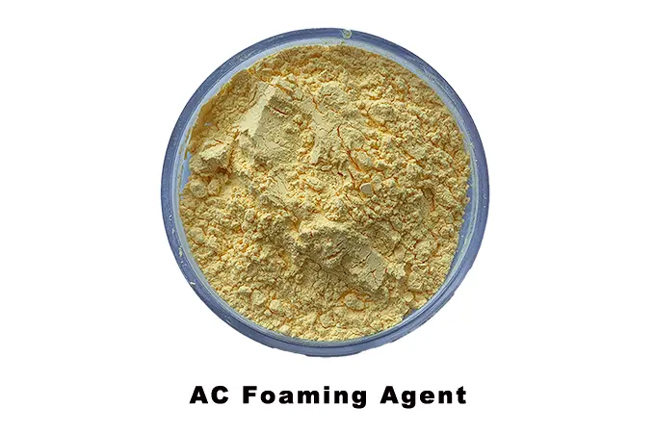In today's world, foam plastics, foam rubber, and foam resins are ubiquitous, finding their way into various applications due to their lightweight, thermal and acoustic insulation, material resource conservation, excellent electrical insulation, and mechanical damping properties. Products like sponge boards, flooring materials, padding, polystyrene bead foams, and foam plastic wires are all examples of solid foam materials that rely heavily on the careful selection and use of foaming agents.
Foaming agents are substances that introduce a microcellular structure into liquid or plastic rubber and plastic materials within a certain viscosity range. These agents can be solids, liquids, or gases. Broadly speaking, they are categorized into two main types: physical and chemical foaming agents.
Physical foaming agents rely on changes in their physical state within a specific temperature range to create pores. On the other hand, chemical foaming agents generate one or more gases during the foaming process through chemical reactions, causing the polymer to foam.
Ideal chemical foaming agents possess a range of critical properties. They must have a specific or narrow range of thermal decomposition temperatures, with controllable decomposition rates that generate gas at an adequate rate. The gases produced must be non-corrosive and easily dispersed or dissolved in the polymer system. Additionally, these agents must be stable during storage, affordable, and abundantly available. The decomposition residues should be odorless, low in toxicity, colorless, and non-polluting to the polymer material. They should also not generate excessive heat during decomposition, affect the vulcanization or melting rate, and should be compatible with the polymer material without causing surface defects.
Furthermore, foaming agents can be further classified based on their chemical nature into organic and inorganic types. Organic foaming agents are often derived from hydrocarbons or their derivatives, while inorganic foaming agents typically involve compounds like carbonates or bicarbonates.
While the current market offers a wide range of chemical foaming agent products that are widely used, there is a growing trend towards the development of novel foaming technologies. These include microsphere foaming agents and supercritical carbon dioxide foaming. However, due to their ease of modification and universality, certain foaming agents, such as AC, are expected to remain the primary choice in many formulations.
There is also a growing demand for customized foaming agents, particularly combinations of exothermic and endothermic foaming agents, which have seen an increase in production and market share. In the field of general plastics, the application of physically cross-linked and general PP foam plastics in food packaging is expected to grow significantly. Additionally, the use of recycled thermoplastics in foam products is becoming more common and will occupy a larger proportion, with recycled engineering plastics receiving particular attention.
As we delve deeper into the world of foaming agents, it becomes evident that while the importance of processing techniques in the foam plastics industry remains paramount, there is room for further innovation. Processes like blow molding, rotational molding, and thermoforming (such as vacuum forming of foam and extruded films and sheets) are gradually becoming more prevalent in the production of foam plastic products.
In conclusion, foaming agents play a crucial role in the production of foam materials, and their selection and use are vital to achieving desired properties and performance. With the advancement of technology and the emergence of new foaming techniques, the future of foaming agents looks promising, offering even more opportunities for innovation and optimization.

